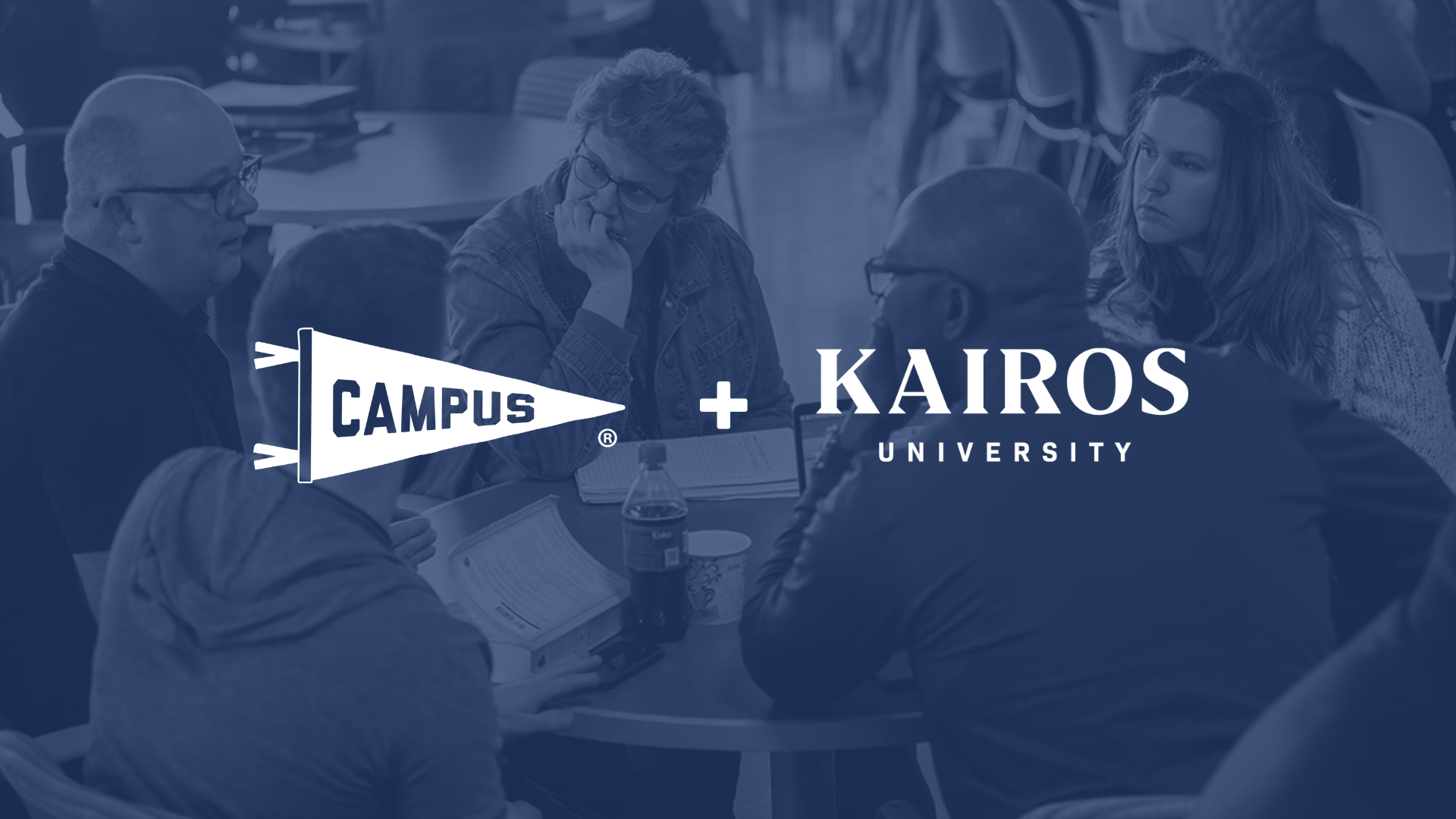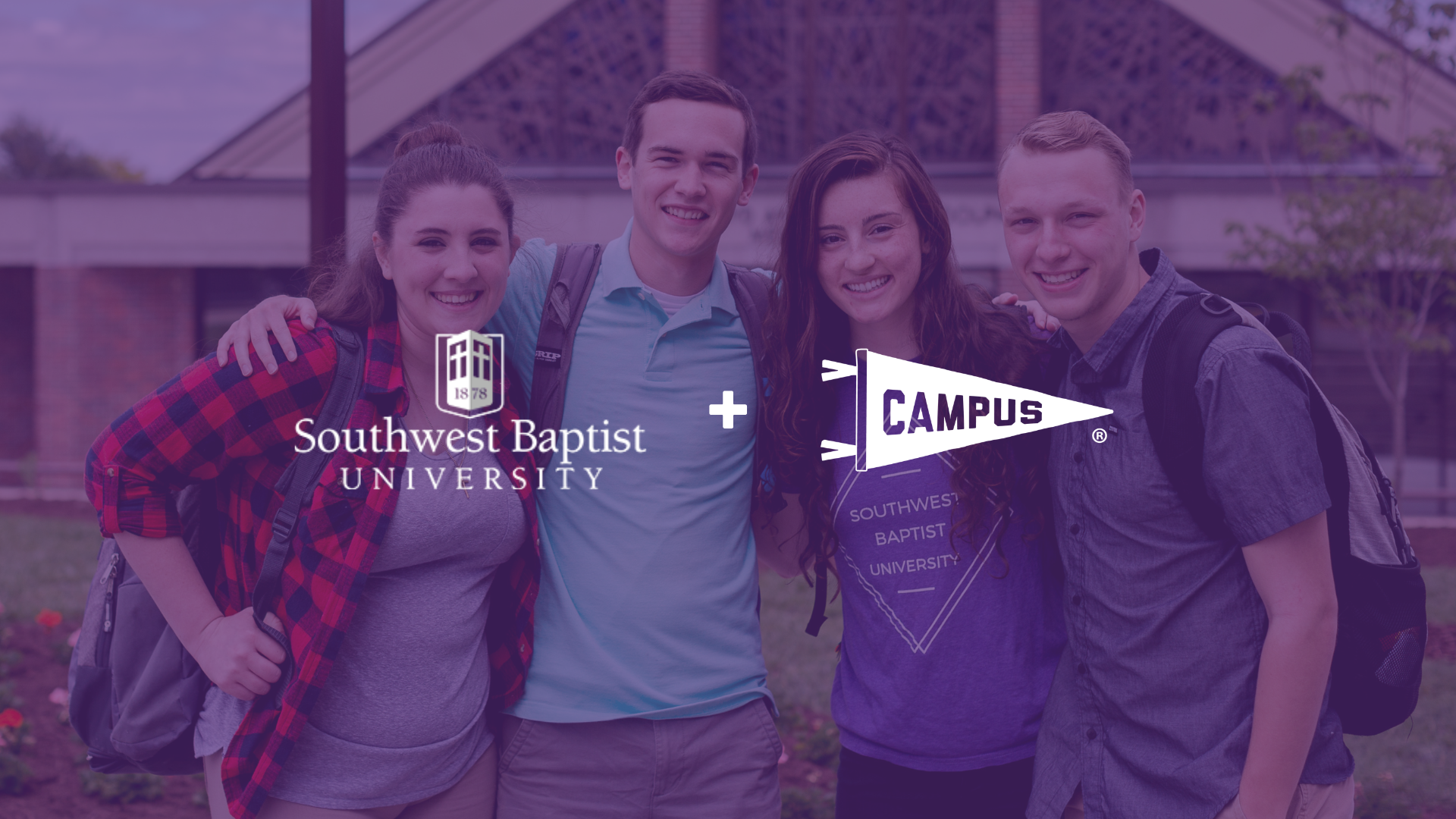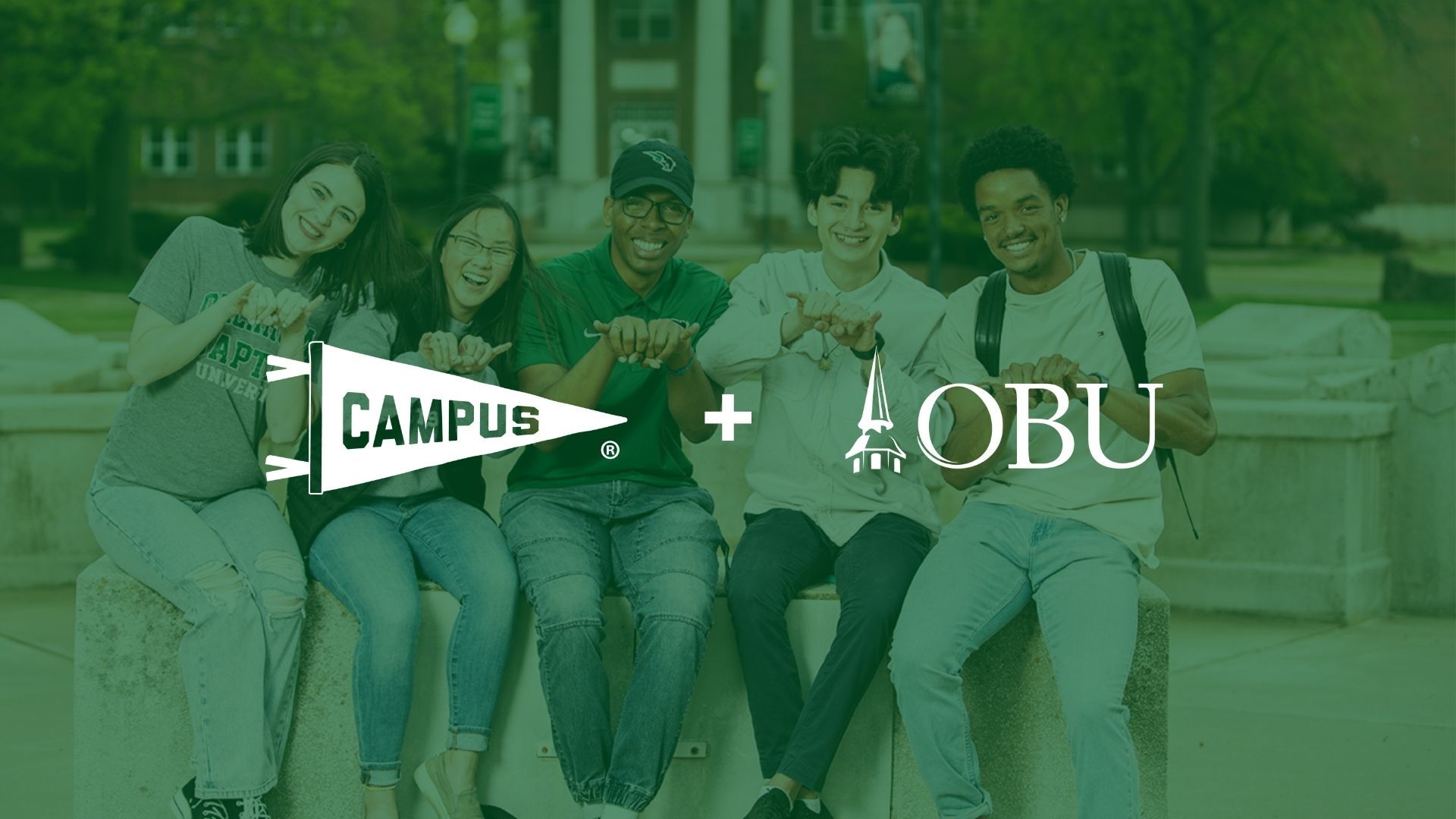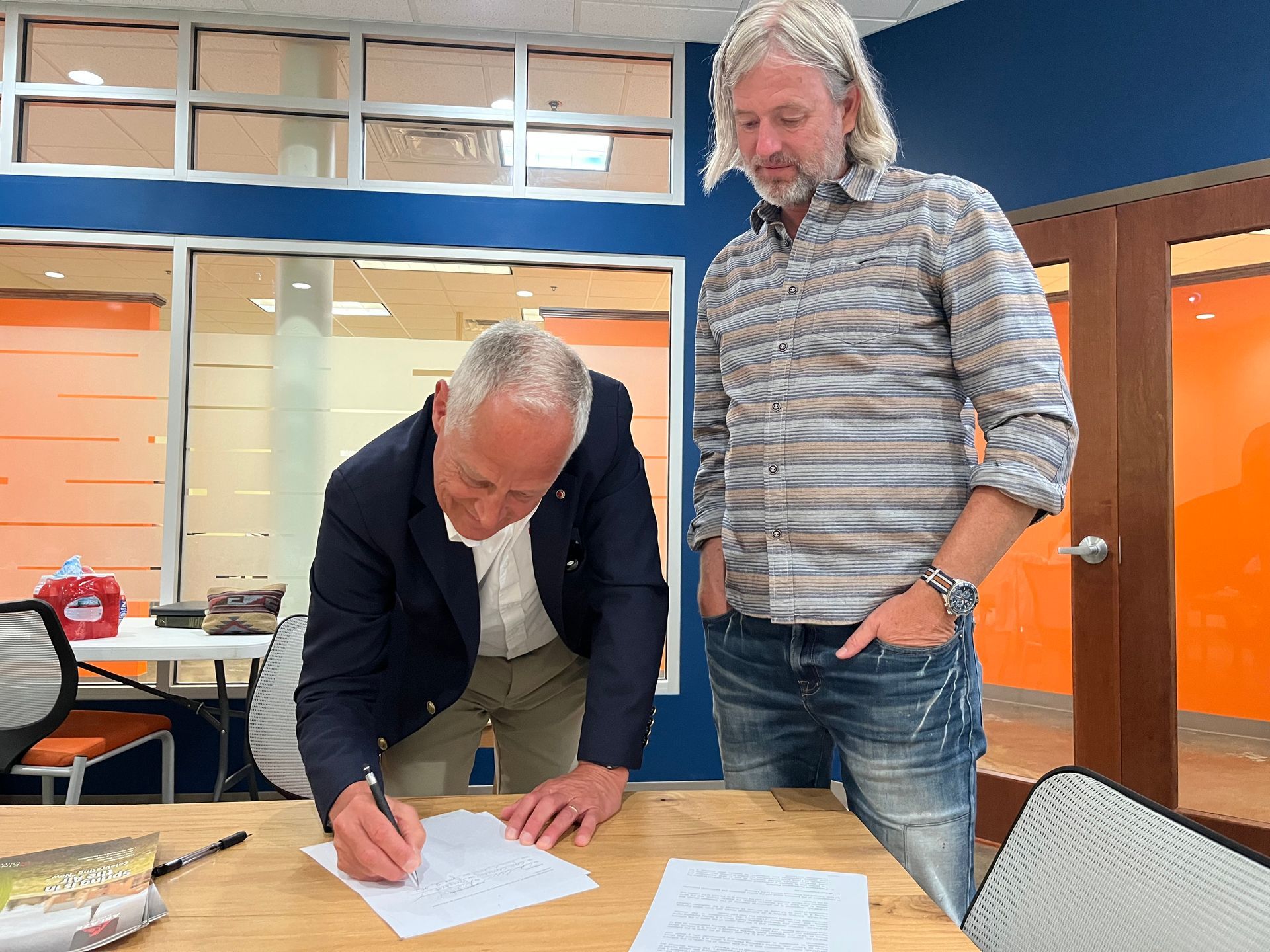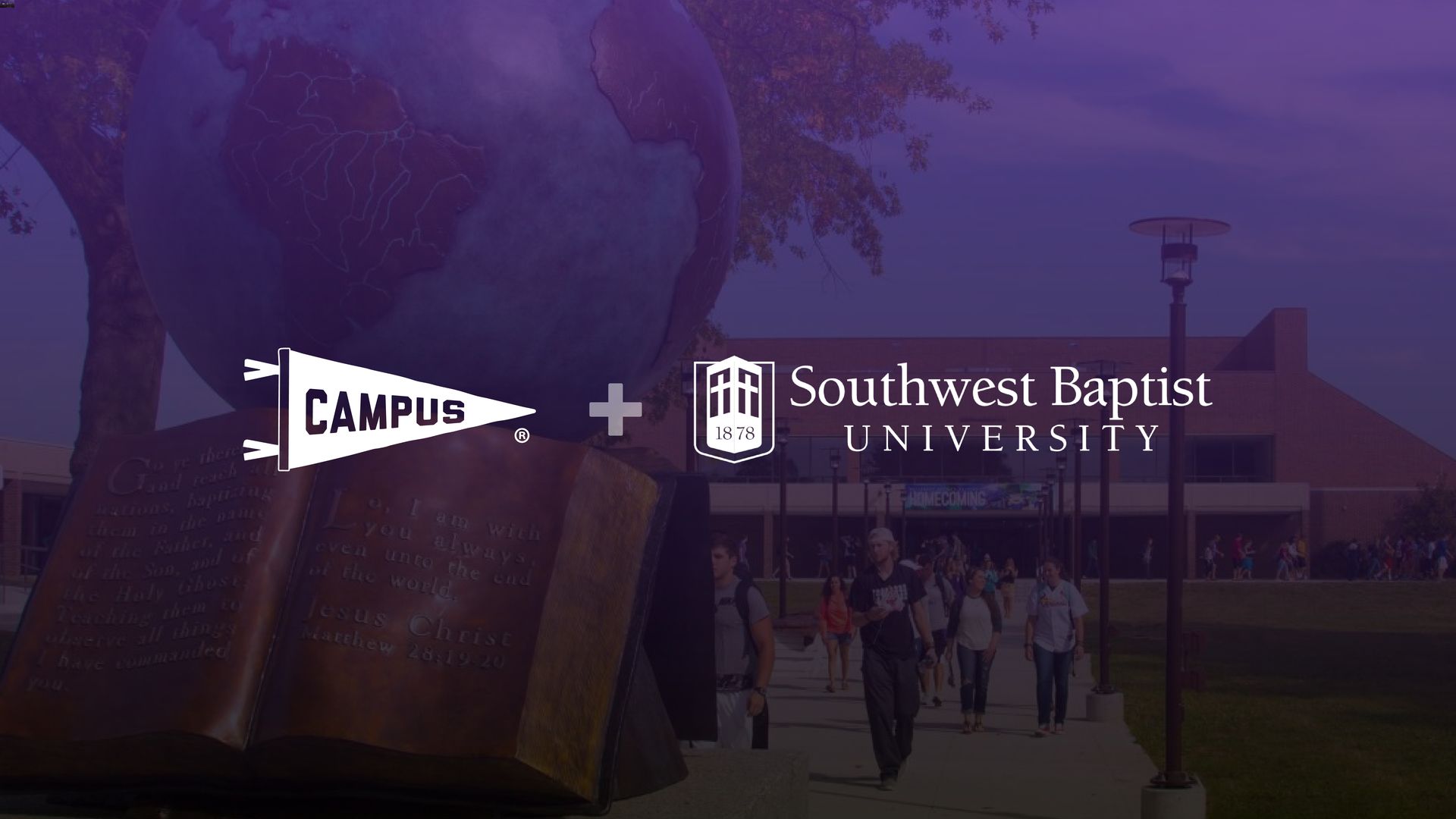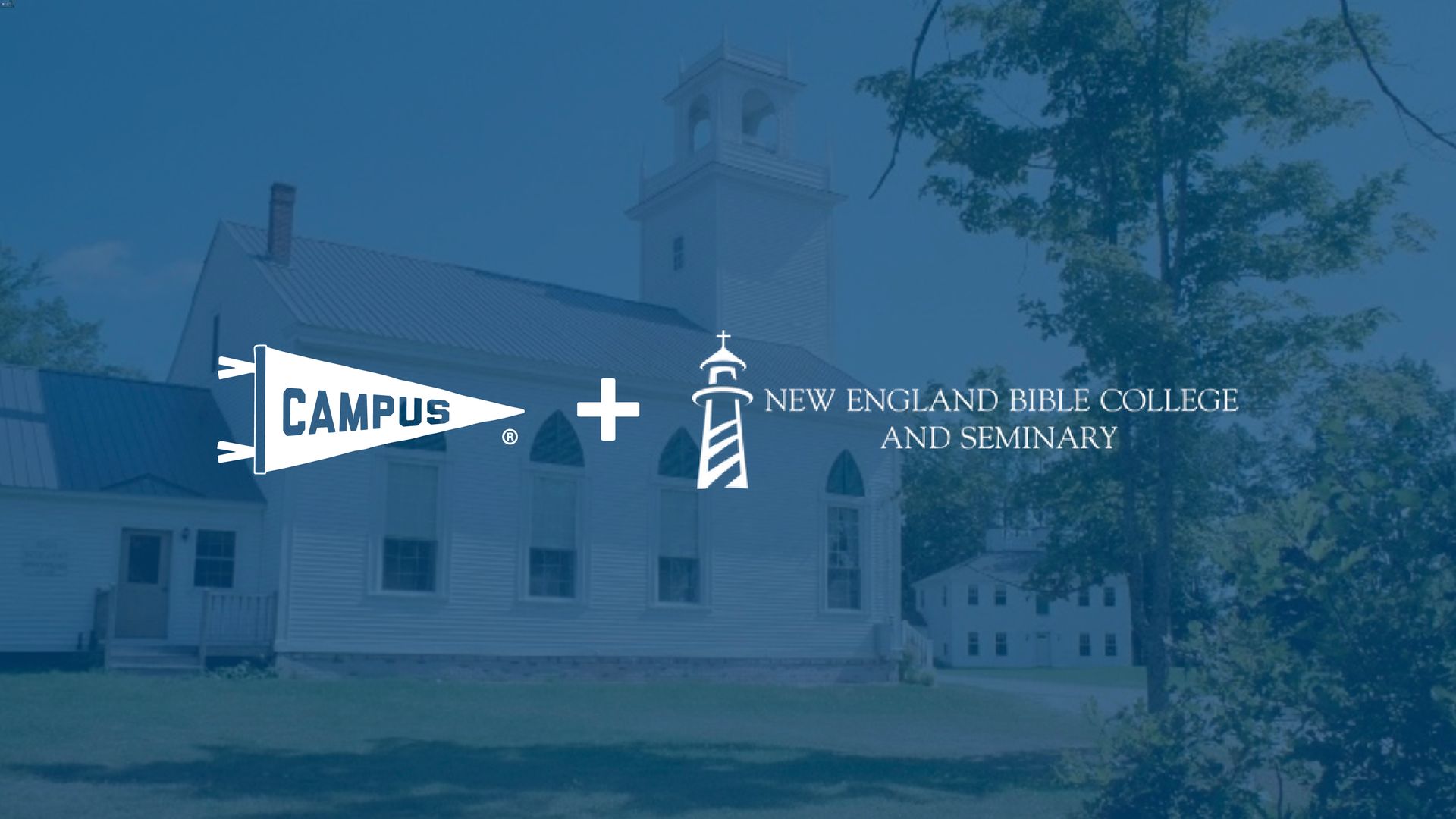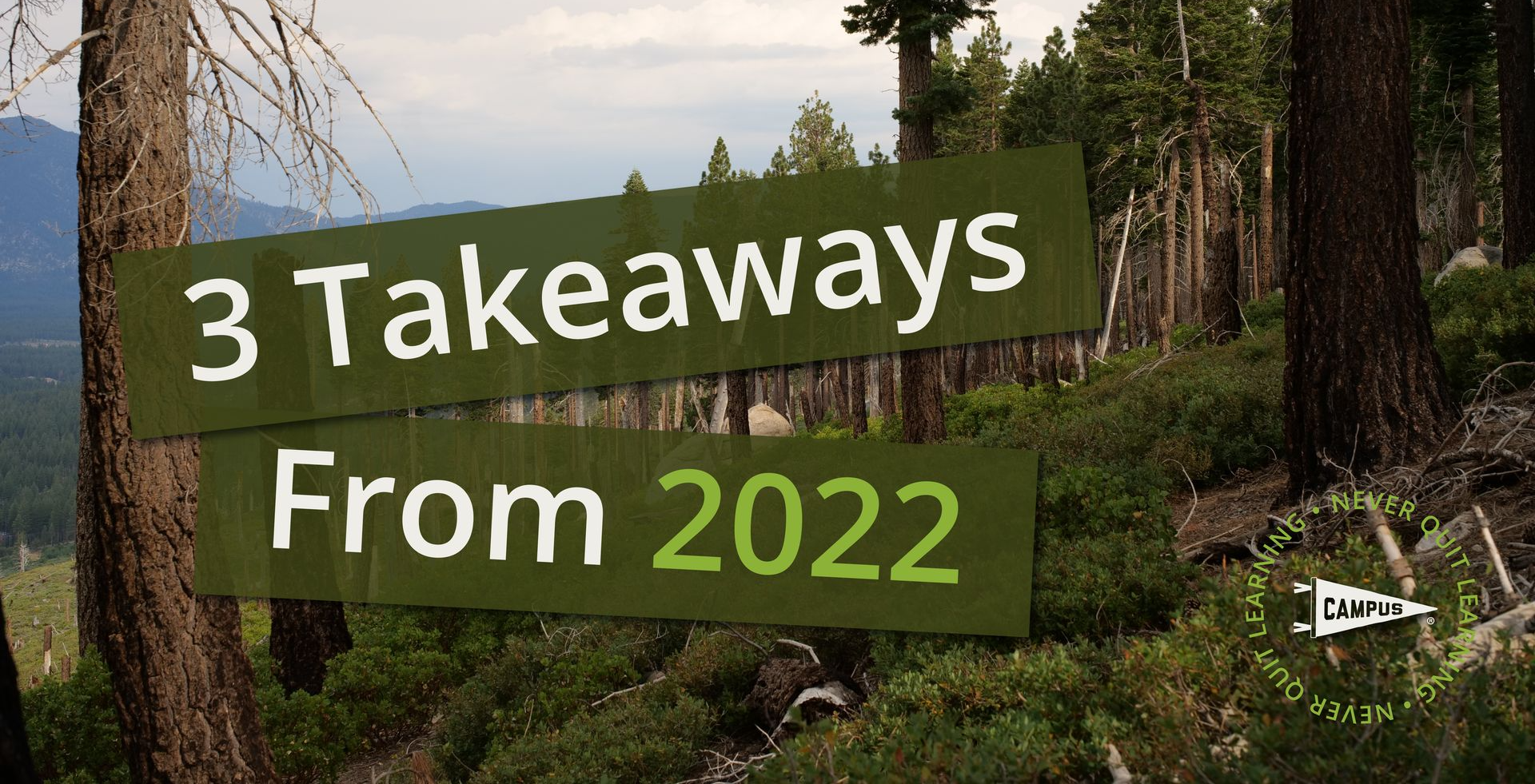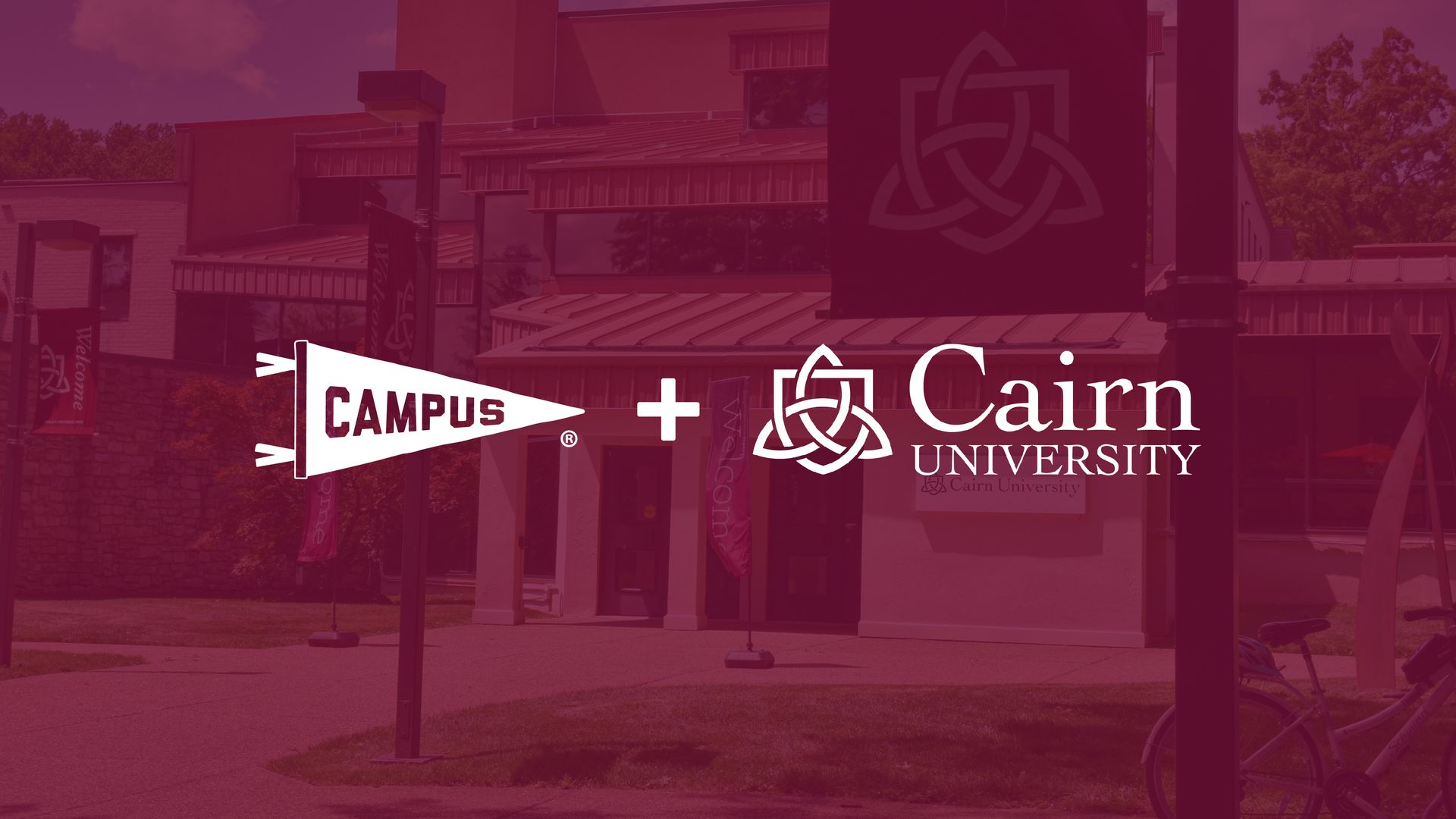Can you do STEM online?
Ken Schenck
June 7, 2022
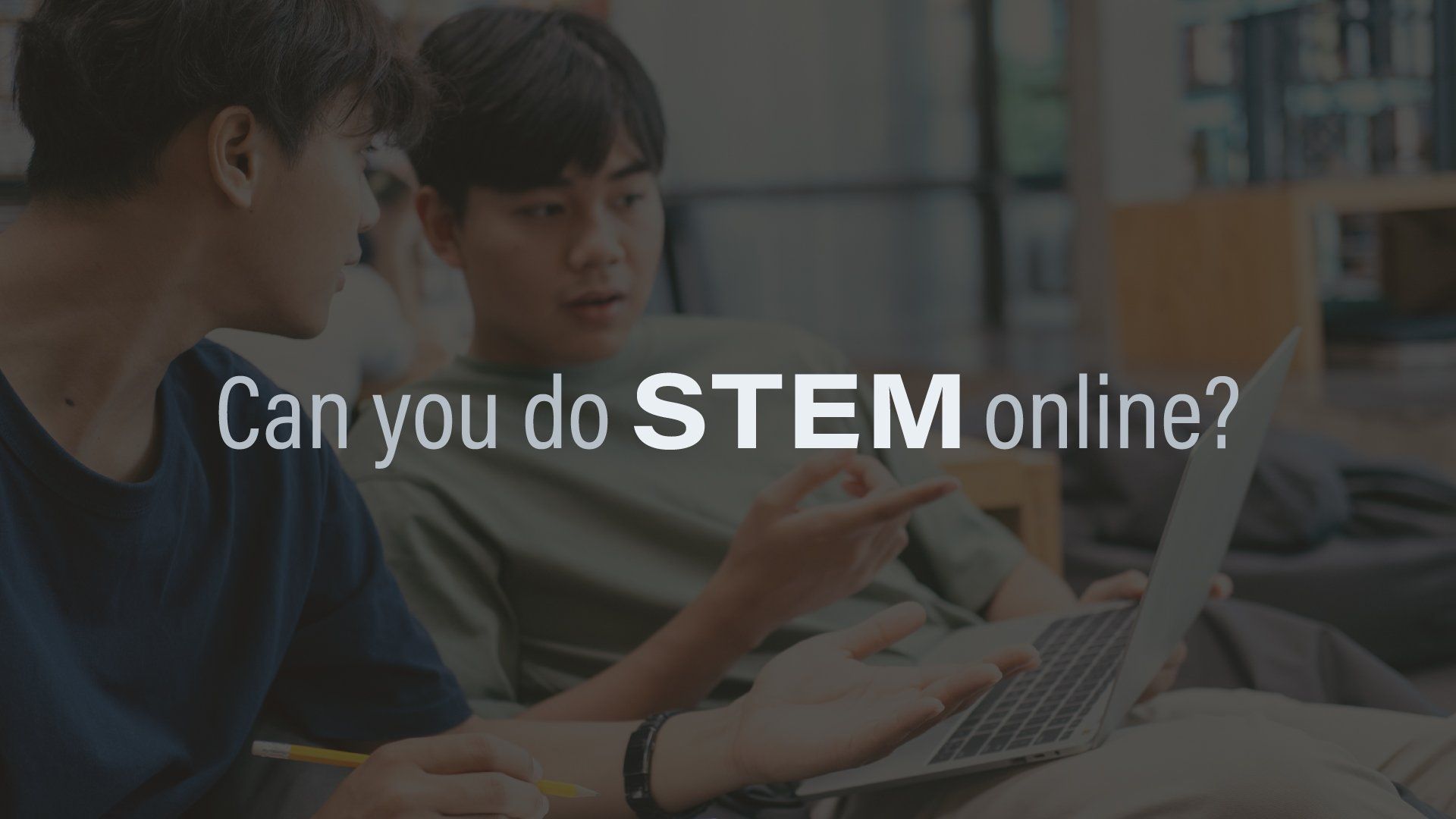
Can you do STEM online?
I like a challenge. At the beginning of the pandemic, I was charged to come up with a plan to generate 1.5 million dollars in emergency online revenue at a particular college. It was a crazy ask, and when I delivered a plan to the powers that be, they looked at me like I was crazy. My thought was, “You asked.”
Of course, I failed. If it weren’t for the CARES Act, things would have been pretty bad for a lot of colleges. That government money kept the doors of a lot of colleges and businesses going through COVID.
One of the passions that emerged coming out of that experience was a desire to get experimental science courses online, especially for dual enrollment high school students. I am repeatedly told, “It can’t be done.” I don’t like being told that. “You can’t do experiments at a distance,” I’m told repeatedly. I don’t buy it, at least not mostly.
Arizona State University (ASU) also apparently does not think so. The University of North Dakota does not think so. Nor does Portage, which partners with Geneva College and now with Campus Edu. During the pandemic, science courses had to go online. In that emergency situation, the outcome was not always as seamless as it might be. Nevertheless, here are some brainstorms for how a college might do STEM courses at a distance.
1. Weekend Experiments
They say that most online students live within 50 miles of the physical campus of a college. To the extent that this is true, there is truly an opportunity for blended STEM experiences. The concept here is that the students would watch and participate in engaging learning online during the week. Then on selected weekends, they would come to a campus to do experiments. The campus could be the main campus or a satellite campus.
There is a developing field of interactive learning possibilities online. WebWork is an amazing open source tool for learning math. It is almost impossible for a professor or TA to give quick and detailed feedback on complex math problems. WebWork evaluates one’s work immediately and can be set up to create a formative and not merely summative experience. For example, it can give the student more than one attempt to get the homework correct. Online proctoring services make it possible to make sure that cheating does not take place on exams.
zyBooks is another option for interactive online learning, especially in areas like computer science. If only homework had been this helpful when I was in college! There are other options out there. WoZ U was founded by Steve Wozniak, co-founder of Apple. It provides similar interactive learning possibilities in software development, data science, and cybersecurity.
2. Partner with Local High Schools
Another possibility is to partner with high schools in the vicinity of your online students. Most high schools will have biology, chemistry, and physics equipment available for their own students. If you have students too far removed to come to your campus, what about partnering with a teacher at a high school within driving distance of their location to do those weekend or evening experiments?
For Christian colleges, the opportunity to partner with Christian high schools is staring us in the face. How many smaller Christian high schools are lacking in quality chemistry, biology, or physics professors? This is a perfect opportunity for colleges in their networks to begin to draw potential nursing, medical, and science students toward their physical campuses.
3. Summer intensives
In one stage of moving toward completely online STEM degrees, ASU offered lab work in the summer during intensives. Students would do the theoretical work during the year and then come to campus to complete the experimental components of the learning. On the one hand, the separation in time may seem problematic. Will a person have forgotten the theory behind what they are doing by the time they come to campus? Another way to look at it is that a person will better remember for the long term what they might otherwise have completely forgotten. Reminders and repetition over time is memory gold!
The idea of intensives makes it possible to do the theoretical part of STEM degrees at a distance and then do the experimental part at key periods throughout the year.
4. Experimental Kits
ASU and other schools like Western Governor’s University have moved beyond requiring any face-to-face interaction in many cases. There are of course a number of virtual laboratory resources now available, like Labster. These can go a long way toward achieving the kinds of learning outcomes provided by traditional in-the-classroom experimentation.
Still, they probably are not sufficient for a hard core chemistry major. Companies have arisen that provide boxes with the appropriate materials to conduct experiments at home for many experimental science classes. Science Interactive has experimental kits that are only getting better and better, especially after COVID provided inspiration for rapid development.
I will concede that it seems implausible that one could get a superb chemistry, biology, or physics degree that did not at some point bring you to a physical location to do experimentation with equipment beyond what might be easily sent in the mail. However, much more can be done at a distance than is dreamt of in the philosophy of many a Horatio. Much of what we say is impossible is more a failure of imagination!
The Campus Blog
